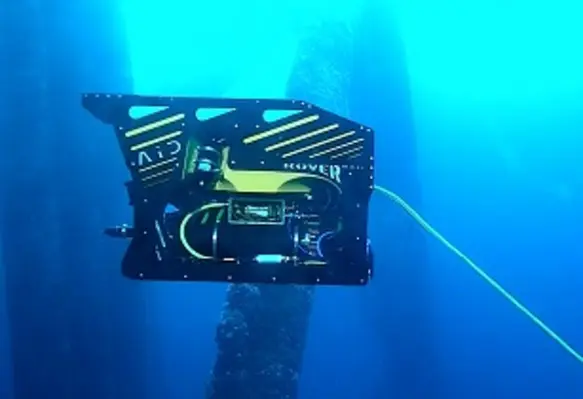Ocean services provider, DeepOcean, has successfully mobilised its first Autonomous Inspection Drone (AID) which can unlock substantial cost savings for operators of offshore wind farms and oil and gas fields
The AID has been mobilised on board the Edda Fauna subsea Inspection, Maintenance and Repair (IMR), and Remotely Operated Vehicle (ROV) support vessel. In the coming months, DeepOcean will conduct offshore trials for utilising the AID under one of DeepOcean’s annual inspection campaign for an operator on the Norwegian continental shelf.
"A rapidly growing amount of subsea infrastructure is placed on the seabed within both the offshore renewables and oil and gas industries. This equipment needs to be inspected regularly. We have developed the AID to increase efficiency and accuracy when collecting inspection data. It has the potential to substantially reduce the cost, time and environmental footprint that is normally associated with subsea inspection work," said Craig Cameron, technology manager at DeepOcean.
Currently, subsea infrastructure is typically inspected by ROVs that are launched from multipurpose vessels and controlled by ROV operators on board. Some companies, such as DeepOcean, have developed remote operations capabilities, which allow the company to control the ROV from an onshore-based Remote Operations Centre (ROC), thereby reducing operating costs, emissions, and HSE risk.
Automation of parts of the subsea inspection scope, using an AID, is an obvious next step for the offshore industry. Examples of inspection scopes, which are likely to be automated in the near-term future, include external and internal production templates, jacket structures, and flexible risers.
"The AID can perform pre-programmed inspections of all subsea assets. This means that significant value can be created for operators of offshore energy assets when the same inspection scope can be repeated year on year," added Cameron.









